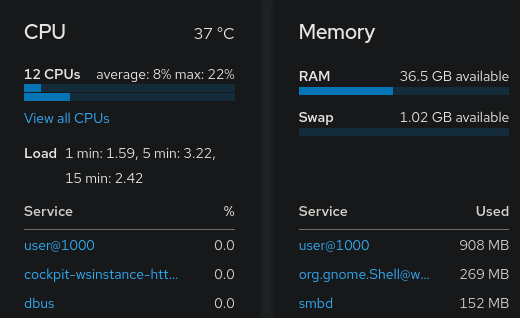Don't provide services to others, including your own family, actually especially your own family, until you are quite comfortable with what is going on and what might be causing issues. Focus on helping yourself or keeping whatever other services you were using before just in case.
Trying to fix something at night, with a fuming partner who's already put up with a difficult to use service, because of your want for privacy even though they don't care care, whilst saying "it should work, I don't know what's wrong", is not a great place to be 😁.
Overall though, I found it so interesting that I am doing a part time degree in computer science in my 30s, purely to learn more (whilst being forced to do it to timelines and having paid for it).
I have a very comfortable and 'forget about it' setup my family are now using. Every now and then I add new services for myself, and if it works out, will give access to others to use, keep it just for me or just delete it and move on.
